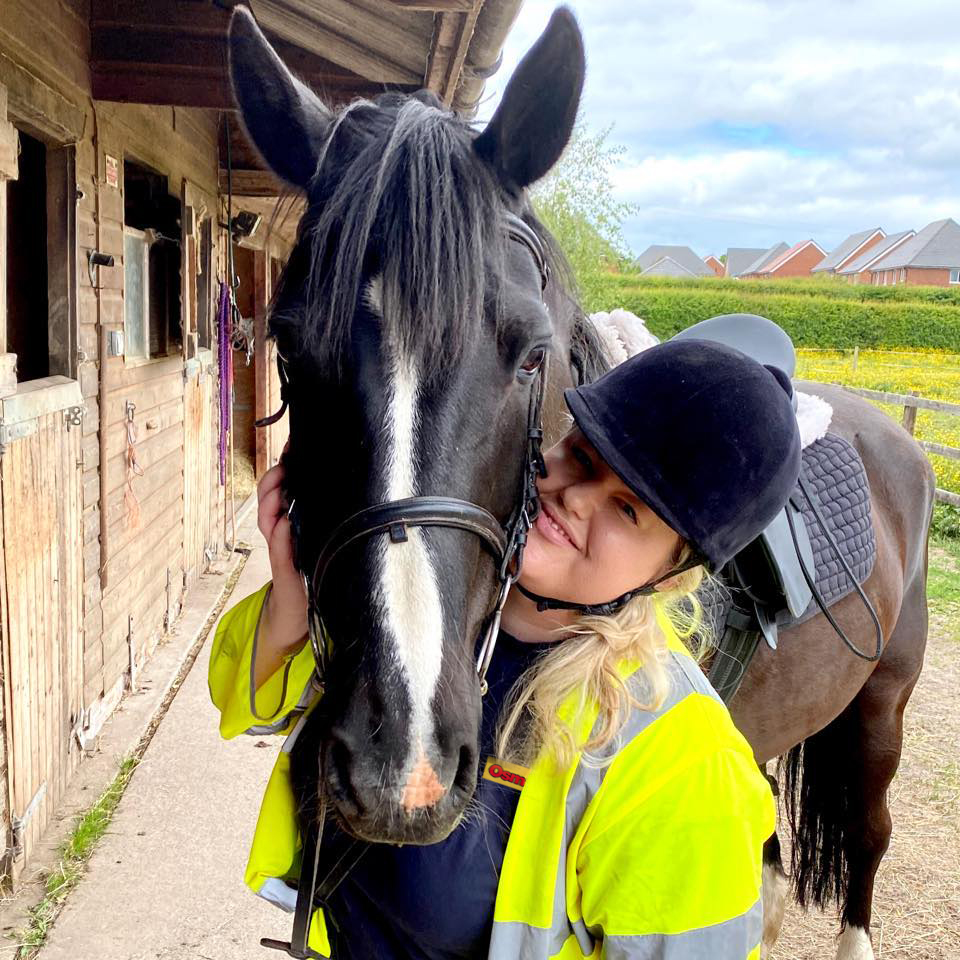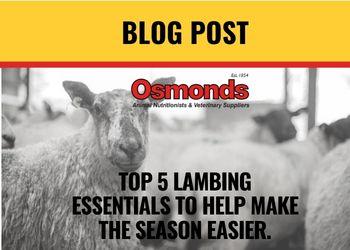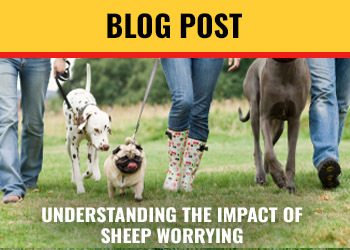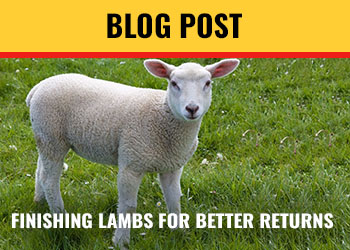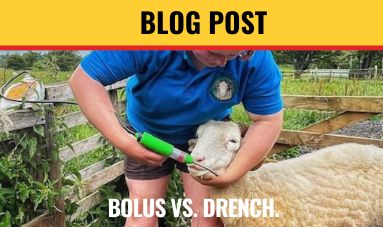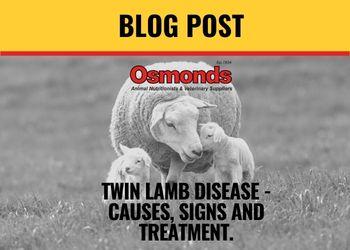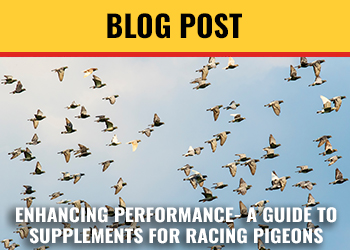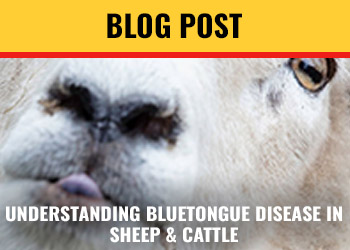UNDERSTANDING WATERY MOUTH DISEASE (WMD) IN LAMBS AND CAUSES, SYMPTOMS & TREATMENT
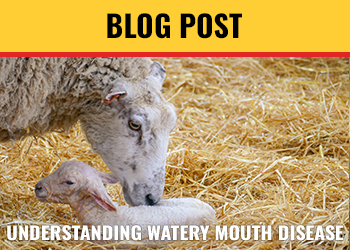
Understanding Watery Mouth Disease (WMD) in Lambs and Causes, Symptoms & Treatment
When it comes to raising healthy and thriving lambs, one of the most common challenges that farmers may encounter is a condition called Watery Mouth, which can also be referred to as ‘rattle belly’. Watery Mouth refers to an issue among lambs, particularly in the early days of life. In this blog post, we will explore what Watery Mouth is, its causes, symptoms and most importantly, how to effectively manage and prevent this condition while ensuring the well-being of your newborn lambs.
What is Watery Mouth in Lambs?
Watery Mouth is a condition that affects newborn lambs, typically within the first 48 hours of life. It is identified by excessive drooling and the presence of a foamy or white discharge around the mouth and nose of the lamb. This condition can be alarming for sheep farmers, as it can lead to dehydration, malnutrition and in many cases, death if left untreated.
Causes of Watery Mouth
Understanding the underlying causes of Watery Mouth in lambs is essential for effective management and prevention. Here are some common factors that contribute to the development of Watery Mouth:
Inadequate Colostrum Intake: Colostrum is the first milk produced by ewes after giving birth. It is rich in essential nutrients and antibodies that provide lambs with immunity and nutrition. Watery Mouth often occurs when lambs fail to receive enough colostrum, either due to weak suckling reflexes, inadequate mothering or poor ewe health.
Infection: Bacterial or viral infections can also lead to Watery Mouth in lambs. Contaminated bedding, equipment or a dirty lambing environment can introduce pathogens that affect the lamb's oral and digestive health.
Environmental Stress: Extreme weather conditions, drafts and overcrowding can stress young lambs, making them more susceptible to Watery Mouth.
Poor Nutrition in the Ewe: Inadequate maternal nutrition during pregnancy can result in weaker lambs with reduced immunity, making them more prone to illnesses such as Watery Mouth.
Symptoms of Watery Mouth and What to Look out for
Identifying Watery Mouth in its early stages is crucial for prompt intervention. Look out for the following symptoms in newborn lambs:
Excessive Drooling: The most obvious sign is a lamb continuously drooling saliva, often with a frothy or white appearance.
Lethargy: Affected lambs may appear weak, lethargic and unwilling to suckle or stand.
Dehydration: Watery Mouth can quickly lead to dehydration, resulting in sunken eyes and dry, tacky gums.
Loss of Appetite: Lambs with Watery Mouth may refuse to suckle or have difficulty latching onto the ewe's udder.
Treatment and Prevention
Managing and preventing Watery Mouth in lambs involves several key strategies:
- Ensure Adequate Colostrum Intake: The most effective way to prevent Watery Mouth is to ensure that lambs receive an adequate amount of good quality colostrum within the first few hours of life. If a lamb is weak or unable to nurse, consider administering colostrum via a bottle or tube feeder. Colostrum can be supplemented and boosted using high-quality and trusted Osmonds Premium Brand Lamb Colostrum Supplement.
- Maintain a Clean Lambing Environment: Keep the lambing area clean and dry to minimise the risk of infection. Disinfect equipment and ensure ewes are in good health before lambing. Using effective, dry disinfectant powder, Osmonds Zenosan can help to ensure that pens and bedding remain dry and disease-free.
- Monitor Temperature: Provide a warm and draft-free environment for newborn lambs. Hypothermia can weaken their immune system and make them more susceptible to infections. Lamb coats are an effective and inexpensive way to maintain a lamb’s body temperature.
- Nutritional Support: Ensure ewes receive proper nutrition pre and during pregnancy to produce high-quality colostrum and healthy lambs. This can be achieved by regularly drenching in lamb ewes with quality, concentrated, gold standard vitamin drench, Osmonds Oviboost to ensure vital vitamins, minerals and Trace Element levels are maintained and passed to the growing foetus of the lamb.
At birth, a dose of high energy, pre-probiotic, Osmonds Sustain should be fed to promote optimum health & immunity and absorption of vitamins & minerals, help support the digestive system, assist protection of the lamb from bacterial illness as well as provide a rapid source of energy.
- Veterinary Support: If you notice signs of Watery Mouth and cannot act, seek veterinary assistance immediately. Treatment may include antibiotics, oral rehydration solutions and supportive care.
Watery Mouth is a common but potentially serious condition in newborn lambs, however, with proper management and prevention strategies, it can be effectively controlled. By prioritising colostrum intake, maintaining a clean environment and monitoring lamb health closely, you can ensure the well-being and success of your flock. Remember that early intervention is key to preventing complications and ensuring healthy and thriving lambs.
If you have any questions or queries, please feel free to call our office on 01948 668100, email [email protected] or visit our website www.osmonds.co.uk to view our full range for Livestock.


